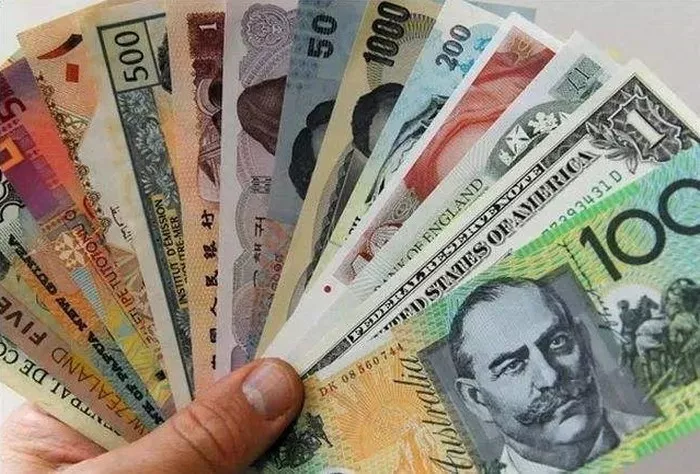The Australian dollar remained stable as investors turned cautious ahead of the release of the ISM Manufacturing Purchasing Managers Index on Monday. In the early Asian trading hours, the Australian dollar was supported as Australia’s minimum wage rose by 3.75%, in line with market expectations of 3.5% to 4.0%. In addition, the Australian dollar strengthened against the US dollar as US personal consumption expenditures (PCE) data showed that price pressures eased in April. PCE is the Federal Reserve’s preferred inflation indicator. In addition, Australia’s monthly inflation rate also accelerated to 3.6%, increasing the possibility that the Reserve Bank of Australia (RBA) may need to raise interest rates again.
The Australian dollar also benefited from China’s Caixin Manufacturing Purchasing Managers’ Index (PMI), which released higher-than-expected data for May. However, last Friday, a weaker-than-expected Purchasing Managers’ Index (PMI) released by China’s National Bureau of Statistics (NBS) weakened Australia’s import demand. Australia is the world’s largest producer of commodities. Given the close trade relationship between Australia and China, any changes in the Chinese economy will have a significant impact on the Australian market.
The US dollar continued to fall due to the depreciation of US Treasury yields. Federal Reserve officials said last week that the central bank could probably hit its 2% annual inflation target without further rate hikes. Investors are expected to closely watch Monday’s ISM manufacturing purchasing managers’ index, with attention likely to shift to Friday’s U.S. nonfarm payrolls report.


